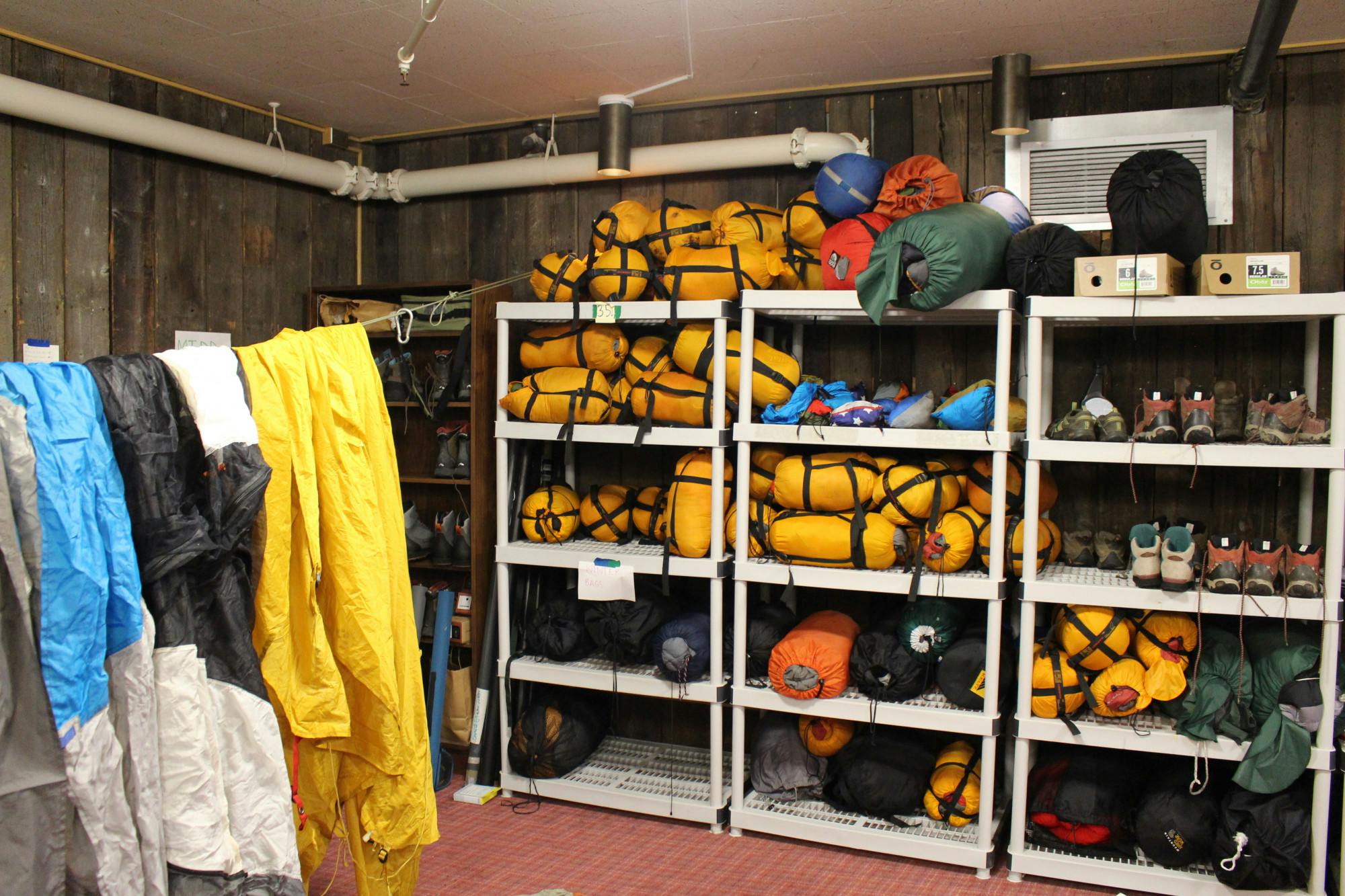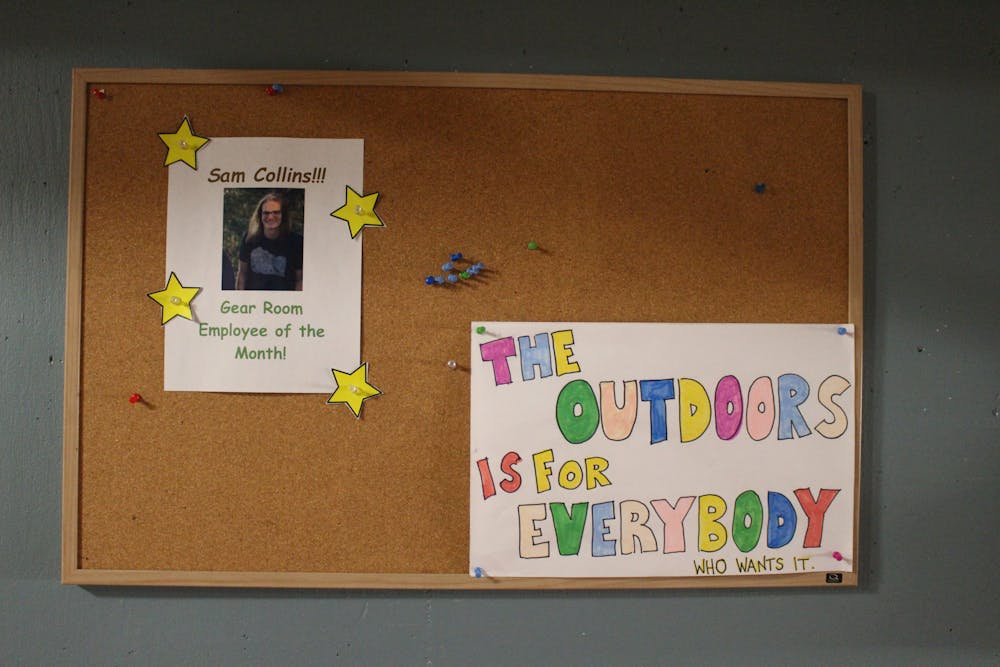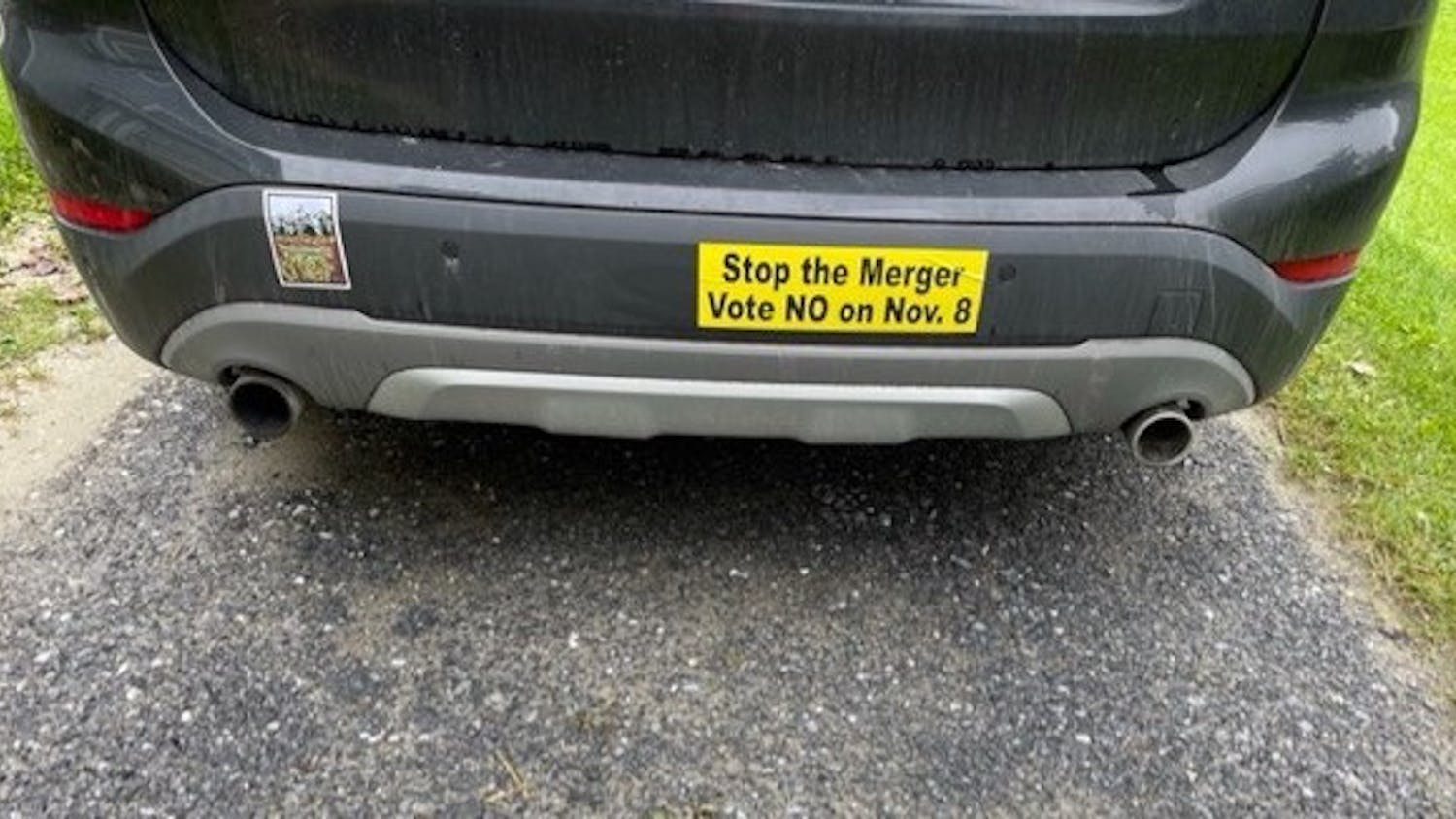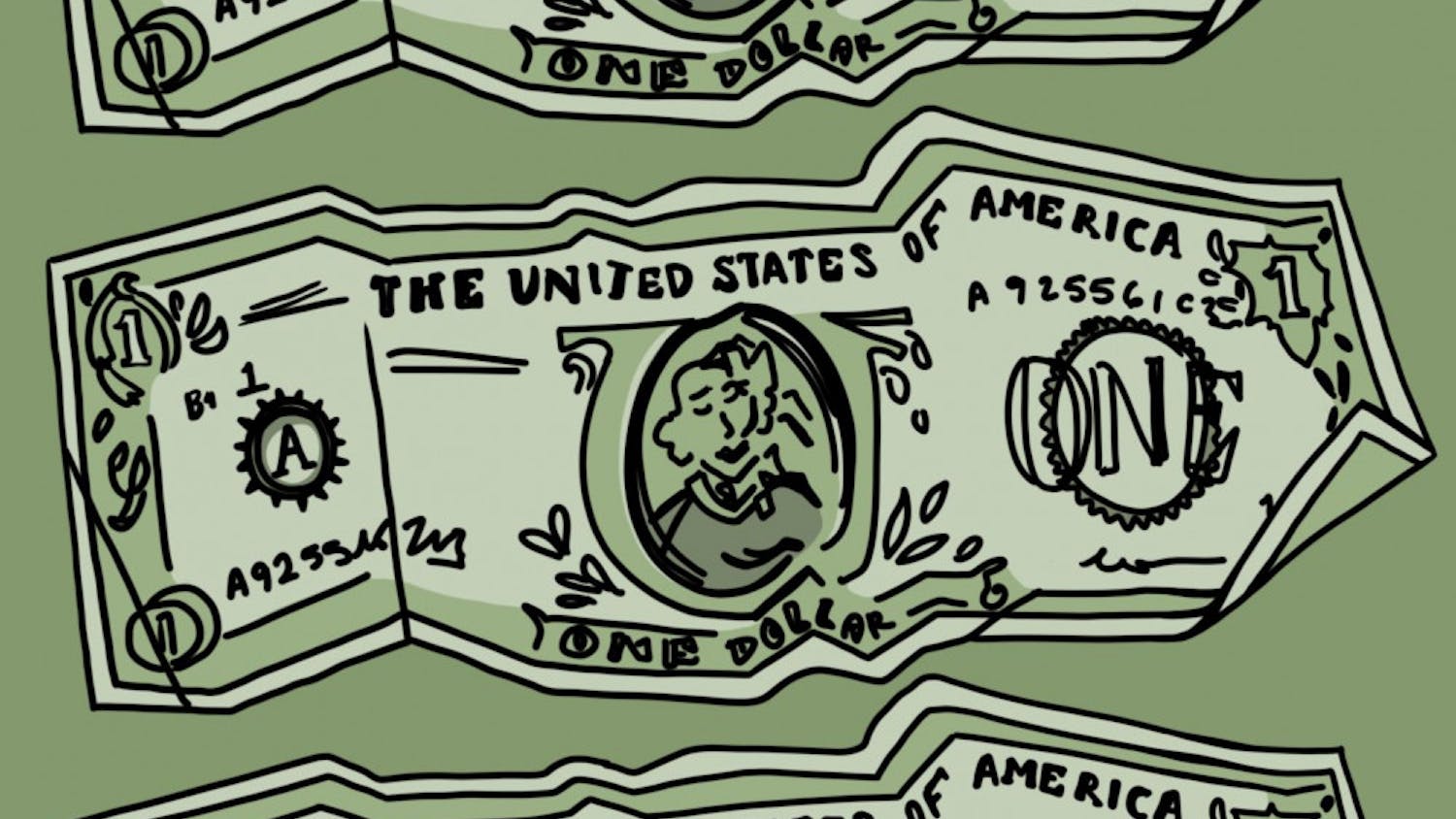First-year orientation in September and February plays a crucial role in shaping the experiences of incoming students and the culture of our campus community. It is the first opportunity students have to get to know the new people and places that will surround them for the next four years. For every first year, it is a time filled with uncertainty and anxiety over finding community, feeling included and accepted, and figuring out whether Middlebury will be a place where they can feel safe, feel loved, challenge themselves, grow and find joy.
We believe that overnight orientation trips are vital for building connections between first-year students and providing new students with the resources and support they need to feel comfortable in the beautiful landscapes and communities of Vermont. Three years after the last orientation trips at Middlebury, it’s time to reimagine and reintroduce first-year orientation trips.
Prior to fall 2020, every incoming first year student who matriculated in September spent their first four days on campus engaged in academic orientation programming before departing for a three-day, two-night orientation trip. Febs had the option to go on a two-day trip or do day trips due to winter weather. In the last pre-pandemic iteration of fall MiddView, the activities offered on these trips ranged from photography to meditation, backpacking, food systems tours, trail maintenance and many others. They provided a chance for students to spend a few days of uninterrupted (and largely phone-free) quality time with a small group of their peers, getting to know one another over shared interests and new experiences.
Due to the pandemic, staff responsible for overseeing MiddView were forced to adapt the program starting in fall 2020 to prioritize the health and safety of students and community members. Instead of leading trips, MiddView leaders met with their groups for a few hours each day on campus — or over Zoom when necessary — to play icebreakers, go over the academic orientation schedule and provide a space to relax and ask questions. While unavoidable, it is hard to imagine that the quality of connections and experiences in this structure matched those made on orientation trips of the past. This structure remained in place this fall — albeit with less masking and Zoom meetings than in the previous two years — and leaders were responsible for even more programing and support throughout the week than in the past.
Now, with the fallout from the pandemic largely in the past, the college is at a crossroads in deciding how they want to welcome new students going forward. We believe it is extremely important for orientation trips to be reimagined, redesigned and, ultimately, reintroduced as a fundamental part of the first-year orientation experience.
The benefits of outdoor orientation trips cannot be overstated. According to Dr. Brent Bell, an outdoor programs researcher at the University of New Hampshire, undergraduate outdoor orientation trips have been shown to increase feelings of belonging, resilience, community well-being, student retention rates and even alumni giving rates (if that’s what you’re into). They are a high impact program, on par with first-year seminars and undergraduate research opportunities when it comes to improving the new-student experience. One study conducted at West Virginia University found that participation in an outdoor orientation program significantly increased student retention rates, and that this impact was greatest for students from disadvantaged backgrounds — such as those with a lower expected family contribution towards their education.
That is not all to say that designing outdoor orientation programs that are welcoming, accessible and joyful for all students is easy. Pre-Covid orientation trips were aptly criticized for being inaccessible and uncomfortable for students who didn’t grow up with the privilege to access the outdoors and recreate comfortably in remote, rural settings. Being in a small group and participating in new, and sometimes challenging, activities can also put uncomfortable spotlights on people’s varying cultures and backgrounds, physical abilities, degree of extraversion, and dietary habits.

However, the challenges of designing a successful and comfortable program should not stop us from trying. We are advocating for outdoor trips not in spite of the fact that they have historically been inaccessible, but because we see thoughtfully designed trips as an amazing tool for making the outdoors and Vermont’s communities truly more accessible and welcoming to new students. If outdoor programs have been inaccessible in the past, the solution is not to get rid of the outdoors; the solution is to equip the program with the necessary resources and proper leadership to make students feel safe and cared for in the outdoors.
What will it take to reinstate this program to the benefit of all incoming students? First and foremost, it will take the willingness and courage to try. First-year students in the past three years have had their orientation experiences stunted by Covid-19, but this doesn’t mean that we should accept this as the status quo. Current seniors and senior Febs are the last remaining classes to have experienced orientation trips. This presents a unique opportunity to redesign trips with the fresh eyes of younger students and provide a wider variety of difficulty levels and types of trips than ever before. We must get creative, keeping what worked and addressing the program’s shortcomings to design a program that meets the needs and wants of all incoming students.
Fair compensation for orientation leaders will be another crucial step in ensuring that orientation trips are accessible, fun and valuable. Consistently paying orientation leaders an amount that reflects the amount of work they do will make it clear to the entire college community that this program is valued, and it will ensure that the best student leaders on campus are welcoming new students — not just the students who can afford to come to campus early and forgo paid work elsewhere.
Compensation will diversify and strengthen the program’s leadership but only under certain conditions. Compensation must be large enough to make orientation leadership an appealing and competitive job for all students. It must be advertised clearly during the application process to attract a wider pool of applicants. And it must be awarded in a timely manner. None of these three conditions have been met consistently over the past three years. Leaders from fall and winter 2021 were paid nothing at all; leaders in 2020 and 2022 were awarded a $300 stipend (months after the program ended in both years) — an amount that worked out to less than $4 per hour at most; and no leader in the last three years has known explicitly whether they would receive compensation prior to applying for or accepting the position of orientation leader.
Administratively, it is also necessary for a student board to be heavily involved in the process of reimagining and redesigning orientation trips. The fact that students have continued to sign up to be orientation leaders despite all of the program’s disruptions in the last three years signals that there is energy among students to thoughtfully and enthusiastically welcome first years. Administration and student activities staff members should be harnessing all of this energy and care toward the development of the next generation of orientation programs.
This process of reinstating and thinking critically about outdoor orientation programs is happening at many colleges and universities like Middlebury. Williams College’s post-Covid orientation programs include a “base camp” option in which students can opt to sleep on campus but remain heavily engaged in outdoor activities with their orientation group during the day. Dartmouth College has brought back their outdoor orientation programs in full swing. Tufts University offers affinity trips as a pre-orientation option for students of color, women, queer students and other students of marginalized identities.
Outdoor orientation trips at Middlebury will be successful so long as they have resources behind them and a dedicated community of students, staff, faculty and administrators willing to think boldly and creatively about the future of the program. These programs have the potential to radically improve the first year experience, creating the communities and establishing the lasting relationships that are fundamental to the success of incoming students.
If you are interested in sharing your experience as an orientation participant or leader, or would like to express your opinion about reimplementing orientation trips, please fill out our poll at go/OutdoorOrientation or go/OO.




